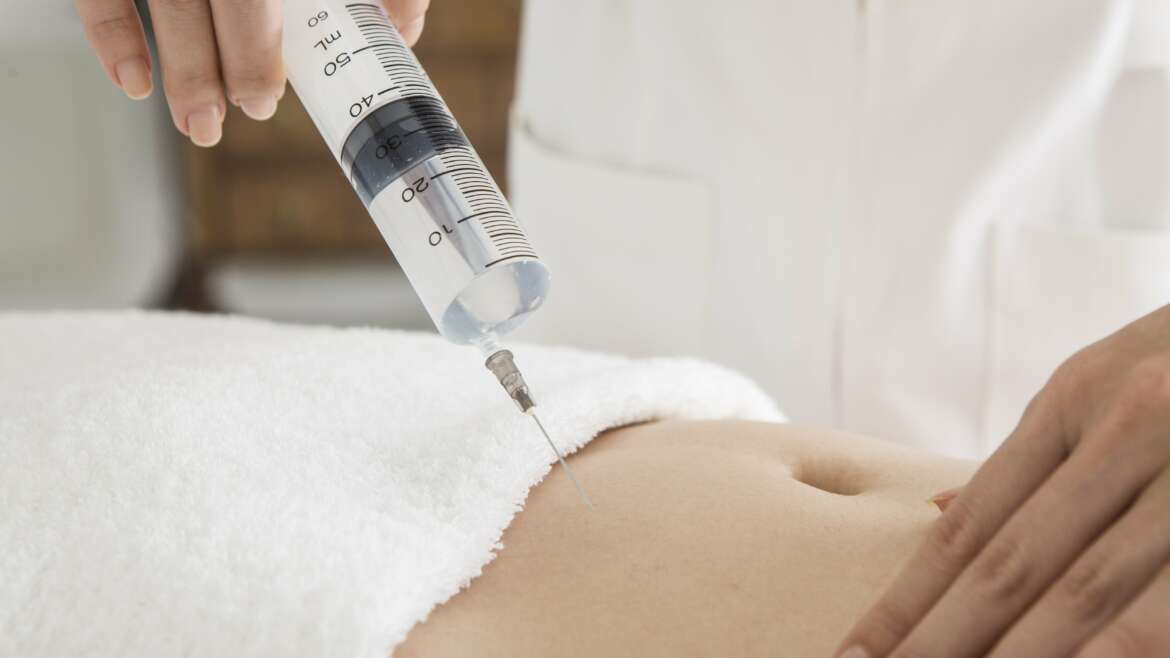Cavities are common, but gum line cavities aren’t. You cannot treat the cavities along the gumline like the normal tooth cavity. Dental fillings may not be as helpful as they are for smooth surface cavities. Learn more about the gum line cavity, causes, symptoms, and preventive factors.
Gum Line Cavity Symptoms
Dental symptoms are of two types – one is visual, where the patient or others or a treating physician shall be able to see, and the other is perceptive where the indications are felt only by the patient, viz., pain, burning, etc.
a) When you can see the small pits or holes by closely observing the teeth-gum borderline area, it is a sign of a cavity, medically termed “caries.”
b) Another symptom other than toothache is tooth sensitivity in the form of pain, which is felt when sweets or sugary substances come in contact with the area.
c) Thirdly, stains or spots that darken over time are spotted by patients or the dentist.
Causes of Gum Line Cavity And Risk Factors
Following are the associated risk factors that accelerate the onset of gum line cavities:
Age
As a person ages, factors like lifestyle, improper attention to dental symptoms, poor oral hygiene, lack of nutrition and minerals in one’s food intake, etc., tend to show their marks on the dental makeup, mainly due to gum recession. This is prevalent among older people.
Xerostomia
A dry mouth condition wherein a person’s mouth does not produce enough saliva, increases the risk of the cavity.
Development Of Dental Plaques
Sticky layers are formed when bacteria cling and feed themselves on the breakable sugar from food or drinks. These are further broken down into acid, which takes away the enamel layer. This makes your gum lines vulnerable to cavity development.
Bingeing
You unknowingly brush out the enamel when you excessively consume acidic foods or liquids. Dental enamel is a protective layer over the teeth which works as a shield. This allows bacteria to settle in. This again results in cavities.
Preventive Steps To Be Taken To Avoid Gum Line Cavity
Toothbrushing
Eat as many times a day as you want but brush your teeth twice daily. This prevents not only gum line cavities but a host of other dental complications.
What you eat is crushed into smaller particles before they are ingested into the digestive system. Granular particles may reside randomly anywhere in the oral area. This, if left untreated, houses unwanted microbes, which could breed a colony of organisms, resulting in decay and cavity.
Floss
Dental floss is the quickest way to remove intra-dental food particles from areas where a toothbrush cannot reach. ADA recommends gentle dental floss to flush out more deeply seated foreign bodies from mouth. Flossing should be in conjunction with brushing teeth and is not a substitute for toothbrushing.
Water flossing is also another recommended option.
Mouth Rinsing
Use any recommended mouthwash at least once a day to rinse your mouth to aid full cleaning. Children should be taught to do this without swallowing it, as the liquid is harmful.
Dental Check-ups
A professional dentist’s cleaning of your teeth has no substitute. Periodic dental check-ups help you to spot any asymptomatic origin of the cavity that goes undetected. Homely remedies cannot entirely pull tartar or plaque out.
Prescription Fluorides
On the advice of a dentist, use fluoride toothpaste, gels, foams, or varnish, and brush it up on the teeth to help prevent cavities.
Dietary Modifications
These include the following:
- Stay away from sugary foods as this decreases the danger of developing gum line cavities. Constant sugar intake forbids your teeth from the opportunity to remineralize.
- Avoid extremely cold or hot beverages until the cavity is treated. This will prevent symptoms from becoming more severe.
- Avoid tobacco in any form. This helps in preventing gum line health deterioration; and, of course, many other critical illnesses.
- In some people, genetics could play a role. Cavity development and poor dental makeup could be legacy issue. This can be detected and cured by periodic dental check-ups.
Is Gum Line Cavity Risky?
If left untreated, gum line cavities can grow bigger in size or get more profound. This eventually leads to a hole.
Recurrent infections can lead to inflammation and pain, necessitating emergency visits to dentists. This is an unavoidable distress if prevented before.
If your mouth sends a displeasing odor, it could be awkward for those around you. This is a reason to ensure gum line cavities do not spread.
Further, an exposed gum line is like a crack. It can collapse your complete dental structure piece by piece.
Earlier intervention and treatment are always better.
Treatments Available For Gum Line Cavity
The treatment plan is proportional to the extent of damage due to the gum line cavity.
While the goal is to restore the tooth as much as possible and to maintain healthy gum, the options depend upon the severity of the decay.
Regimen
In the initial phase, a course of antibiotics to prevent infection from spreading deep inside is administered to dentists.
Dental Procedures
In the next stage, the decay is drilled out. Then, the affected area is filled with a filling material. This is an in-house procedure in a dentist’s office. In this technique, the area surrounding the spoiled tooth is made numb by the use of anesthetics, and then the dentist drills or lasers the area, extracts out the decayed material, and finally fills in the cavity using an amalgam or a composite resin.
Root Canal Treatment
In people with recurrent gum line cavities, drilling can lead to nerve damage and pain due to the treatment process and may be avoided. In such cases, root canal treatment is an available option.
Grafting
In some advanced cases, surgical grafting helps the gum tissue to reattach on the root surface. If discovered in the early stages, (the first stage is called as demineralization stage), restoration of lost minerals is possible. This is practically feasible for cases where the cavity is well above the gum line and has not yet reached below.









